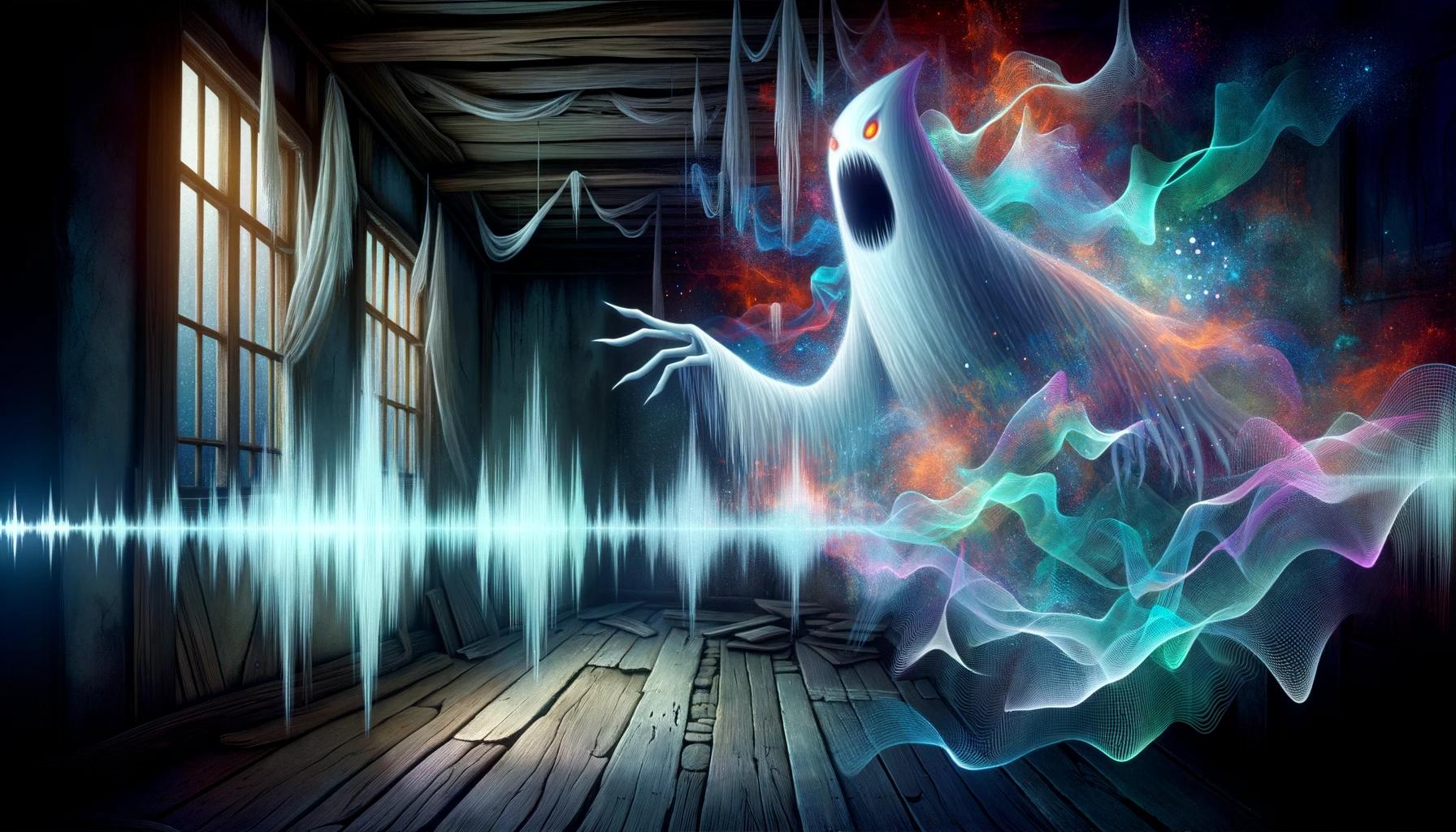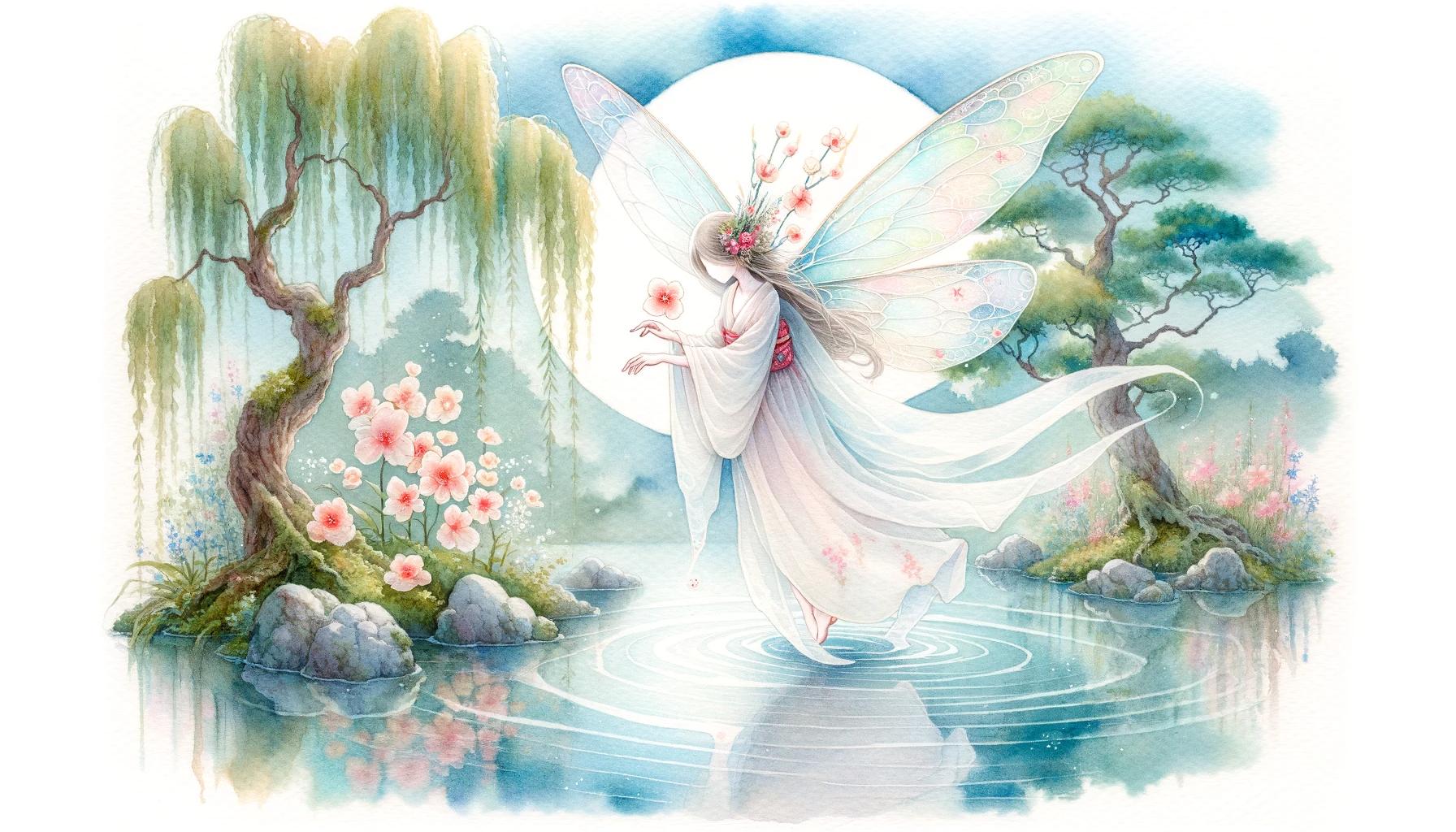Discover the Mysteries of Uwan Yokai: Japanese Folklore Unveiled

Uwan yokai, a fascinating entity from Japanese folklore, is known for its distinctive sounds and anthropomorphic form. Often found in abandoned buildings and temples, this yokai surprises solitary individuals by emerging from the shadows and unleashing its characteristic cry, “Uwan.”
However, it is said that a brave person can repel the Uwan yokai by responding with their own powerful shout. Explore the legend of Uwan yokai in Akita during the Edo period and unravel the mysteries of this enigmatic creature on the Uwan Yokai Pinterest platform, alongside other sections dedicated to yokai, legends, and paranormal themes.
The Origin and History of Uwan Yokai
Uwan Yokai holds a significant place in Japanese folklore, captivating the imagination and instilling a sense of mystery. Let’s delve into the fascinating origins and historical significance of this enigmatic creature.
Uwan Yokai in Japanese Folklore
Within the vast tapestry of Japanese folklore, Uwan Yokai emerges as a captivating presence, shrouded in myth and speculation. It is believed to exist primarily through the eerie sounds it emits, most notably the distinct cry of “Uwan.”
For a long time, it was thought to be a formless entity, its essence encompassed solely by ethereal auditory experiences. However, during the Edo period, the renowned artist Sawaki Sūshi depicted the Uwan Yokai in an anthropomorphic form, giving it a tangible representation that still continues to intrigue.
Sawaki Sūshi: The Anthropomorphic Representation of Uwan Yokai
A prominent figure in the integration of Uwan Yokai into the realm of physical representation, Sawaki Sūshi masterfully captured the essence of this elusive creature. Through his artistic endeavors, he breathed life into a once ethereal being, showcasing its anthropomorphic form and ensuring its enduring presence in Japanese folklore.
Sawaki Sūshi’s contribution allowed a deeper understanding and visualization of Uwan Yokai, fortifying its significance within cultural narratives and captivating the minds of those curious about the Yokai realm.
Characteristics and Behavior of Uwan Yokai
The Uwan yokai possesses unique traits and displays specific behaviors that make it both fascinating and eerie.
Understanding the distinctive characteristics and behavior of this yokai sheds light on its enigmatic presence.
Eerie Sounds and the ‘Uwan’ Cry
The most notable aspect of the Uwan yokai is the eerie sounds it emits, with its signature cry being the prominent ‘Uwan’. These ghostly noises, echoing through the night, contribute to the chilling atmosphere surrounding the presence of Uwan.
This auditory manifestation has often led people to believe that the Uwan yokai lacks a physical form.
Haunting Abandoned Buildings and Temples
Uwan yokai tends to reside in ancient buildings and deserted temples, which serve as their preferred habitats. These structures, having weathered the passage of time, provide the ideal setting for the Uwan’s nocturnal activities.
The dark corners and shadowy recesses of these abandoned places offer perfect hiding spots for this supernatural entity to lurk.
Attacks on Solitary Individuals
Uwan yokai is known to target solitary individuals, seeking to provoke fear and unsettle their victims. With stealth and cunning, it emerges from the shadows, launching unexpected attacks on unsuspecting individuals who find themselves alone in its domain.
These encounters often leave a lasting impact on the victims, adding to the mystique surrounding the Uwan yokai.
The Power of Bravery: Driving Away Uwan Yokai
Despite the unsettling encounters with the Uwan yokai, there is a glimmer of hope for those who dare to confront it. Legend suggests that displaying courage by responding to the Uwan’s cry with a resolute shout can drive away this spectral creature.
Bravery acts as a protective force, compelling the Uwan yokai to retreat and sparing the courageous individual from further disturbances.
The Legend of Uwan Yokai in Akita Prefecture, Edo Period
The legend of Uwan Yokai has deep roots in the historic Akita Prefecture during the Edo Period. The tale revolves around a newlywed couple who moved into an old mansion, embarking on a journey that would soon turn haunting.
Newlywed Couple’s Haunting Experience
Upon their first night in the mansion, the newlyweds were abruptly awakened by the piercing cries of “Uwan.” Eager to uncover the source of the unsettling sounds, the couple searched every nook and cranny of their home but could find no trace of the creature responsible.
Night after night, the chilling cries persisted, depriving the couple of peaceful slumber.
Strange Sounds and Sleepless Nights
Naturally, the couple’s sleep-deprived state did not go unnoticed by their neighbors. However, since no one else could hear the eerie sounds, rumors began to circulate, suggesting that the noises originated from peculiar nocturnal activities of the couple themselves.
Ashamed and determined to avoid further embarrassment, the couple chose to suffer in silence, refraining from seeking assistance or sharing their experiences.
- The newlyweds are haunted by the ‘Uwan’ cries each night.
- They search tirelessly but cannot find the source of the sounds.
- Their neighbors notice their fatigue, leading to false rumors.
- The couple decides to silently endure their sleepless nights.
This legend of the Uwan Yokai in Akita Prefecture highlights the torment endured by the newlywed couple due to the relentless cries echoing throughout their home.
The mystery surrounding the sounds and the couple’s decision to suffer quietly add to the eerie ambiance of the tale, captivating those curious about the supernatural and yokai folklore.
The Uwan Yokai Pinterest Platform
Explore the fascinating world of yokai culture through the Uwan Yokai Pinterest platform.
This engaging social media hub offers a unique collection of images, ideas, and information related to various yokai creatures, including the elusive Uwan yokai.
Exploring Yokai Culture on Pinterest
Delve into the enchanting realm of Japanese folklore and discover the captivating stories and legends surrounding yokai. Immerse yourself in the visual feast of images, illustrations, and artistic representations that bring these mythical creatures to life.
‘All Yokai’ Section: Comprehensive Information on Yokai
Uncover a wealth of knowledge in the ‘All Yokai’ section, where you’ll find a comprehensive compilation of information about yokai from various regions and traditions. Gain insights into their origins, characteristics, and the roles they play in Japanese folklore.
Specific Yokai Sections: Yurei, Tsukumogami, Ōnyūdō, Josei, Bonsai, Henge, Kappa, Kitsune, Tanuki, Mujina, BakeNeko, Oni, Tengu, Amabie, Kibyo, Tsukimono
- Discover specialized sections on specific yokai creatures, including Yurei, Tsukumogami, Ōnyūdō, Josei, Bonsai, Henge, Kappa, Kitsune, Tanuki, Mujina, BakeNeko, Oni, Tengu, Amabie, Kibyo, and Tsukimono.
Each section provides in-depth information, legends, and captivating artwork related to each fascinating creature.
Paranormal, Urban Legends, Demons, and Yokai Diets Sections
Delve into the mysterious and supernatural realms through sections dedicated to paranormal phenomena, urban legends, and the intriguing diets associated with yokai. Uncover secrets, unravel the truth behind haunting stories, and explore the mystical connections between yokai and the spirit world.
Yokai-Related Artifacts: Amulets, Toys, and More
Immerse yourself in the material culture of yokai through the section dedicated to yokai-related artifacts. Discover a treasure trove of amulets, toys, and other intriguing items associated with yokai. Delve into the symbolism and significance of these objects in Japanese folklore and explore their cultural and historical contexts.
FAQs about Uwan Yokai
Are you curious to learn more about the mysterious Uwan Yokai? This section provides answers to some frequently asked questions about this fascinating creature from Japanese folklore.
What is the nature of Uwan Yokai?
Uwan Yokai is a supernatural being known for its spectral sounds and eerie presence. Its existence is primarily identified through the distinct cry it emits, the ‘Uwan.’ Although traditionally believed to lack physical form, artist Sawaki Sūshi portrayed it anthropomorphically during the Edo period.
Uwan Yokai tend to inhabit old buildings and abandoned temples, launching surprise attacks on solitary individuals with their characteristic scream.
Can Uwan Yokai be found outside Japan?
While Uwan Yokai is deeply rooted in Japanese folklore, there are reports and interpretations of similar entities in other cultural contexts. Different cultures have their own versions of paranormal beings with comparable characteristics to Uwan Yokai.
However, it is important to remember that the specific Uwan Yokai legend originates from Japan and has distinct cultural significance within the country.
Are there any protective measures against Uwan Yokai?
In folklore, it is believed that responding to Uwan Yokai’s cry with a shout of your own can drive it away, sparing you from further disturbances. This act of bravery is thought to demonstrate that the individual is not intimidated and will not succumb to fear.
While the effectiveness of this method may vary, it serves as a symbolic reaction to confront and repel the Uwan Yokai.
How does Uwan Yokai compare to other yokai creatures?
Uwan Yokai is just one of the many fascinating yokai creatures in Japanese folklore. While each yokai has its own unique characteristics and legends, Uwan Yokai is distinguished by its distinct sound and eerie behavior.
Other yokai like the Kappa, Tengu, Yurei, Kitsune, and Tanuki have varied appearances and abilities, offering diverse perspectives on the supernatural world in Japanese culture.
Exploring Other Yokai Creatures in Japanese Folklore
Welcome to the fascinating world of yokai creatures in Japanese folklore! In addition to the Uwan yokai, there are several other intriguing and mystical beings to discover.
These creatures are deeply rooted in Japanese culture and have been the subject of countless tales and legends. Let’s delve into some of the most renowned yokai creatures and their captivating characteristics.
Kappa: Water-Dwelling Creatures
One of the well-known yokai creatures is the Kappa, known for their aquatic nature. Kappa are often depicted as humanoid turtles with a hollow dish-like depression atop their skull, filled with water, which grants them their strength.
These mischievous creatures inhabit rivers and ponds, with a mischievous yet sometimes helpful nature. Be cautious if you encounter a Kappa, as they are notorious for dragging unsuspecting victims underwater!
Tengu: Legendary Bird-like Beings
The Tengu, often depicted as bird-like creatures with beaks, wings, and human-like bodies, hold a prominent place in Japanese mythology.
Known for their intelligence and skill in martial arts, Tengu are considered both divine and mischievous. Legends portray them as protectors of the mountains, skilled swordsmen, and capable of shape-shifting.
Their presence in Japanese folklore is truly mystifying.
Yurei: Ghostly Apparitions
Yurei are ethereal spirits that haunt the mortal realm. These ghostly apparitions are often depicted as pale, disheveled figures draped in white kimonos. With their unfinished business or deep grudges, Yurei seek resolution, revenge, or simply companionship.
Legends are abound with chilling tales of their sorrowful cries and eerie presence, reminding us to tread cautiously in the realm of spirits.
Kitsune: Shapeshifting Foxes
Kitsune, the legendary shapeshifting foxes, hold a significant place in Japanese folklore. These intelligent and cunning creatures possess the ability to transform into humans, often assuming female form. Kitsune are associated with both mischief and wisdom, revered as messengers of the deity Inari. Their shape-shifting abilities and unmatched trickery make them a captivating presence in Japanese mythology.
Tanuki: Mischievous Shapeshifters
Tanuki, known for their mischievous nature, are popular yokai creatures in Japanese folklore. These creatures resemble raccoon dogs and are often depicted with large bellies and mischievous grins. Tanuki are famous for their shapeshifting abilities, transforming into various objects or even human forms.
They are associated with prosperity, luck, and mischief, leaving behind a trail of playful and humorous anecdotes.
Immerse yourself in the captivating world of yokai creatures in Japanese folklore. These mythical beings continue to spark our imagination and curiosity, offering a glimpse into the rich cultural heritage of Japan.
.




















